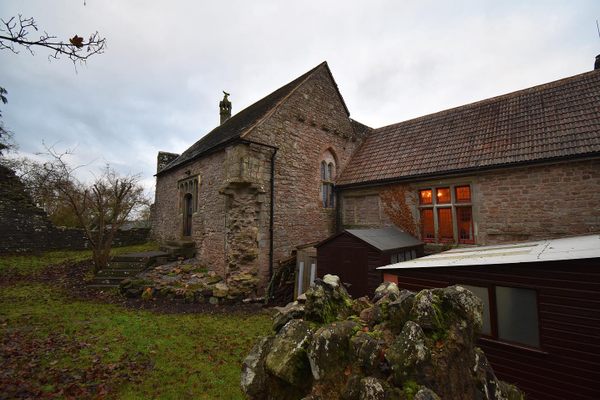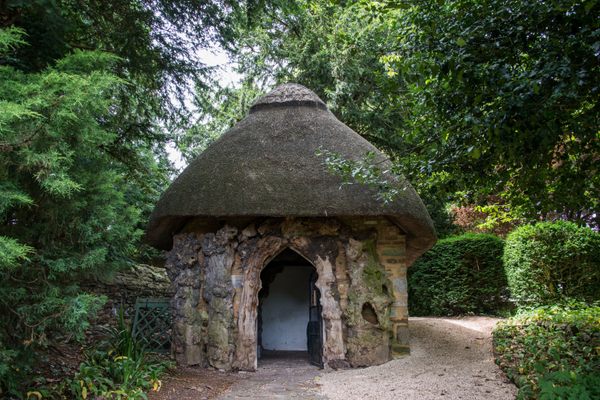AO Edited
Lydney Camp
Home to the ancient Roman temple of a lesser-known Celtic god that inspired J. R. R. Tolkien and H. P. Lovecraft.
Nodens is a Celtic deity associated with the sea, hunting, and healing, chiefly worshipped in ancient Britain. Despite his obscurity, his name has become quite significant in literature over the years, especially in the genre of fantasy fiction.
J. R. R. Tolkien, author of The Hobbit and its famous sequel The Lord of the Rings, was particularly fascinated with Nodens and published a philological essay in 1932 discussing his etymology. Tolkien theorized that it was cognate with the names of other (and more significant) Celtic deities such as Nuadha and Nudd, concluding that the word means “the catcher” or something similar.
In the 1926 novella The Dream-Quest of Unknown Kadath, part of the Cthulhu mythos created by American horror writer H. P. Lovecraft, Nodens appears as a benevolent “Elder God” and master of frightening creatures known as “nightgaunts.”
In real life, the name of Nodens can be found in the Latin inscription on the ancient Roman temple complex in Lydney Park, Gloucestershire. This archaeological site, known as Lydney Camp, is a hillfort dating back to the Iron Age. It’s believed that the Romans dug for iron ores at the location. The temple was built in the 4th-century, dedicated to Nodens whom the Romans identified with Mars, the god of war.
Several inscriptions mentioning the deity have been found within the site, including one concerning a curse over a lost ring by someone named Silvianus. It was believed that the ring was stolen by a man named Senicianus, whom Silvianus curses in the inscription. The ring was eventually unearthed in Silchester in 1785.
During excavations of the Lydney Camp site in 1929, British archaeologist Sir Mortimer Wheeler discovered the inscription and consulted with Tolkien, resulting in his aforementioned essay and possibly inspiring the story of the “One Ring” in The Lord of the Rings.
The area was purchased in 1719 by Benjamin Bathurst, son of the Cofferer of the Household to Queen Anne, and became part of his country estate. It has remained his family’s property since then, its private gardens opening to the public on certain days of the year.
Plan Your Trip
The Atlas Obscura Podcast is Back!




















Follow us on Twitter to get the latest on the world's hidden wonders.
Like us on Facebook to get the latest on the world's hidden wonders.
Follow us on Twitter Like us on Facebook